Decades of educational and cognitive research has found that there are 3 fundamental principles of learning. These 3 principles should underpin the approach we take in teaching history in the primary classroom:
1. Students come to the classroom with preconceptions about how the world works. We need to engage primary students' initial understanding.
2. To develop competence in historical inquiry, students must a) have a deep foundation of factual knowledge; b) understand facts and ideas in the context of a conceptual framework, and c) organise knowledge in ways that facilitate retrieval and application.
3. A metacognitive (reflective) approach helps students learn to take control and monitor their learning
This book builds on this research and explores how these principles can be applied in teaching history in the primary classroom.
I highly recommend this book.



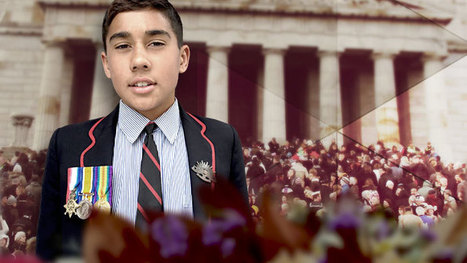


 Your new post is loading...
Your new post is loading...



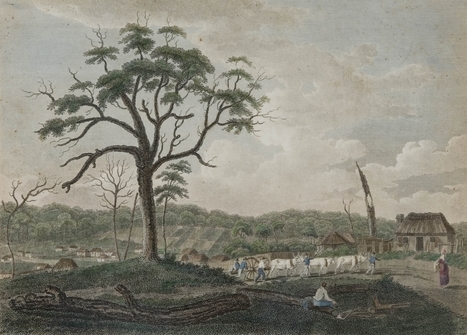


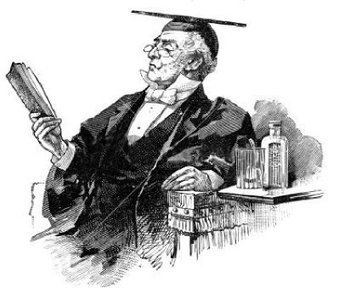

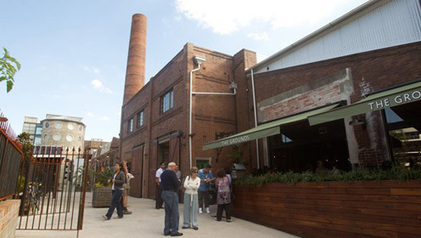
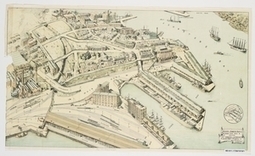
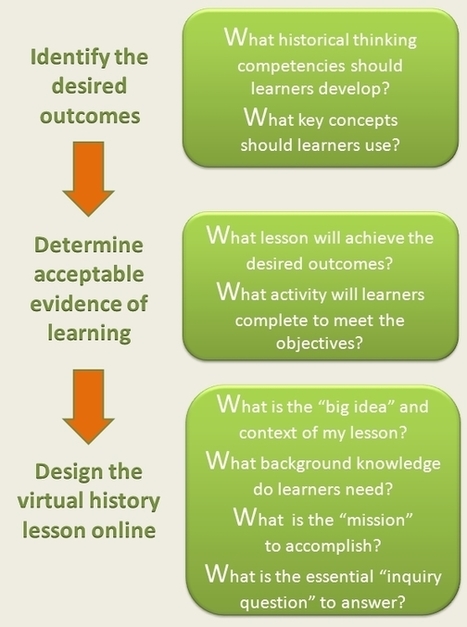


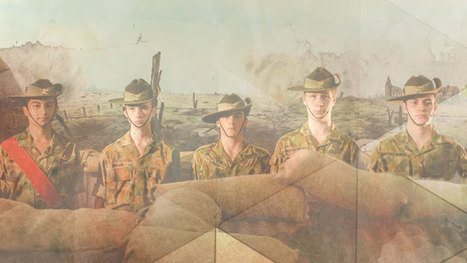



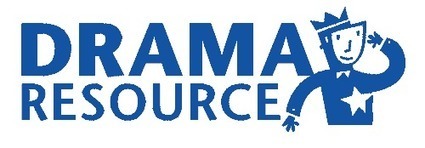















Personal stories help young children learn about the past. Use historical narratives in the classroom to humanise significant events like war.
In the book "What is History Teaching?, Chris Husbands describes how 'Storied thinking' is a central tool in the teaching and learning of history. Husbands suggests the teacher's role is to:
Personal stories help young children learn about the past. Use historical narratives in the classroom to humanise historic events like war.
In the book "What is History Teaching?, Chris Husbands describes how 'Storied thinking' is a central tool in the teaching and learning of history. Husbands suggests the teacher's role is to: